0 items - £0.00
No products in the basket.

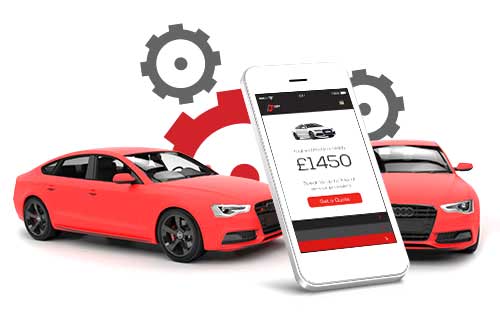
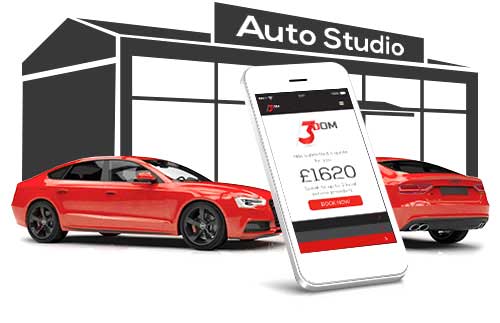
View instant data driven estimates, get professional quotes & book online
View instant data driven estimates, get professional quotes & book online.





Our computer generated calculator is programmed to give a price estimate based on your location, vehicle, service type and service provider requirements.



Use our quote system and you can request a quote through 3Dom Wraps and we will distribute your request to the best service providers in your local area.



No products in the basket.
More and more people are making the switch from traditional tubed to tubeless tires for their cars, pickup trucks, and other vehicles. One of the main appeals of tubeless tires is that they’re generally viewed as easier to fix and maintain than their tubed counterparts.
To better understand why tubeless tires are enjoying an increase in popularity, let’s explore the differences between tubed and tubeless tires and the respective processes involved in repairing and maintaining them.
Tubeless Tires Vs. Tubed Tires: What’s The Difference?
As their names suggest, tubed tires contain air tubes, while tubeless tires do not.
What Are Tubed Tires?
For the better part of the 1900s, most car tires were tubed. That is, they contained a tube of air, located between the tire and the wheel rim. The tube served to keep the air from escaping through holes in the material of the actual tire. While many modern vehicles, particularly those (like some motorcycles) with spoked wheels, still use traditional tubed tires, technological advances have enabled the development of tires that don’t require tubes.
What Are Tubeless Tires?
In the mid-1950s, after three decades of patenting issues, tubeless tires started to become commonplace on the roads of Canada and the rest of the world. As you may have guessed, the air in tubeless tires is simply trapped between the tire and the rim, sans tube. Despite being tubeless, these tires can maintain constant air pressure because the tires themselves are made of airtight materials and have a sealant rim or bead that keeps air from escaping.
Tubeless Vs. Tubed Tires: The Repair Process
According to one study, 27% of all roadside emergencies are related to tire failure. Unfortunately, tire repair expertise is not nearly as common as tire trouble. So, a tire that is easy to repair has a major advantage over one that’s not.
With this in mind, you only need to consider how much easier it is to fix a tubeless tire than one with a tube to understand why tubeless tires have become so popular:
Repairing A Tubed Tire
If your tire has a tube and you get get a flat, you have to take the whole tire off of the rim so that you can remove the tube, patch the puncture, and pump up the tube again. To do this, you have to jack up the car so you can take the wheel off of your car first. The tube repair process is detailed, lengthy and potentially expensive, and it involves a number of tools, including a set of pliers, a knife, and sandpaper.
Not exactly ideal in a roadside emergency.
Repairing A Tubeless Tire
The process of repairing a tubeless tire is far simpler and easier. For one thing, you don’t have to take the tire off of the rim to make a quick repair. You may not even have to take the wheel off the car.
All you need is a reaming tool, a plug tool, a sealant, and a plug. You use the reaming tool to make the puncture big enough to fit the plug, insert a plug using the plug tool, apply sealant to fill in any remaining gaps, and pump up the tire again. Done. What’s more, because tubeless tires tend to deflate more slowly than those with tubes, you can drive further before you have to fix your flat.
That said, repairing tubeless tires can be a rather messy task, particularly if you spill any sealant because both the sealant and the plug are sticky.
For more severe damage, the tubeless tire will have to get removed from the rim to enable repairs, but these are also less likely to occur in tubeless tires than tubed ones. In such cases, tubeless tires have the advantage that they are lighter in weight and so require less effort to move around.
This brings us to ease of maintenance in tubed vs. tubeless tires.
Tubeless Vs. Tubed Tires: Maintenance
In addition to being easier to repair, tubeless tires are also less likely than their tubed counterparts to need repairs in the first place.
This is because they are usually made of more resilient materials. And, because they don’t have tubes, they mould around objects, rather than bouncing off of them. As a result, you’ll get fewer flats with tubeless tires, the flats you do get will do less damage, and your tires will tend to last longer.
This longevity is also caused by the fact that tubeless tires’ more yielding structure facilitates better traction, thereby reducing friction and its resultant heat damage. This benefit is felt even more strongly in warmer climates.
All of this is obviously a huge plus on the side of tubeless tires in terms of ease of maintenance. However, maintaining previously punctured tubeless tires can be a bit of a hassle because the sealant used in repairs does dry out over time.
Making The Right Choice For Your Car
Clearly, if ease of repair and maintenance are your only concerns, tubeless tires are likely the right choice. Since you probably also have other priorities, however, it’s important that you weigh up all of the pros and cons of tubed vs. tubeless tires before you make any purchases.
Among the other advantages of tubeless tires are the fact that they are lightweight and their low friction enhances driving comfort and fuel economy. The disadvantages of tubeless tires are the aforementioned messiness of repairs as a result of the sticky sealant used, the fact that they don’t work well on wired or spoked rims, and they are a bit more expensive than tires with tubes.
Tubed tires, meanwhile, are best for spoke-rim vehicles like some motorbikes. In these instances, tubed tires aid impact absorption and increase tire flexibility. These tires are also often well suited to heavy-duty vehicles, where tire bending is more common.
At the same time, in addition to being more prone to flats and trickier to repair than tubeless tires, tubed tires lose air pressure fast when they get a puncture. This increases the risk of further damage to the tire and the rim and also diminishes safety, as a vehicle can become unstable if one or more of its tires is rapidly losing pressure.
Knowing the differences between tires and their performance and maintenance requirements can guide you toward making the right decision. This can potentially save you time and money in the long run, and keeping you safe on the road.
Studying consumes your time and a lot of energy that drains you at the end of the day ‘should...
How old is this car? How many people have used the car before now? Was the car involved in...
If you’re looking for ways to make your car dealership business more successful, you’ve come to the right place....
It happens to everyone: you buy a car, and the car sits there. You don’t use it anymore, but...
When it is time to move, you may want to consider whether you want to drive your car all...
Every business has its benefits. It is not true that a good business will not have any drawbacks. It...
No one wants to be in a situation where they find themselves locked out of their cars. It can...
Driving offences can result from a lack of concentration or failure to observe traffic rules. This can cause damage...
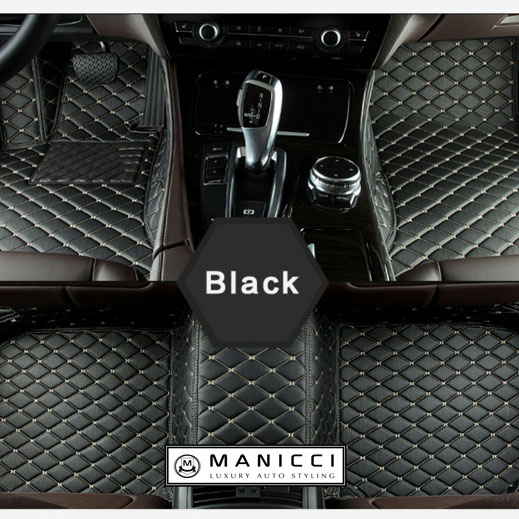 Luxury Fitted Car Mats £229.99
Luxury Fitted Car Mats £229.99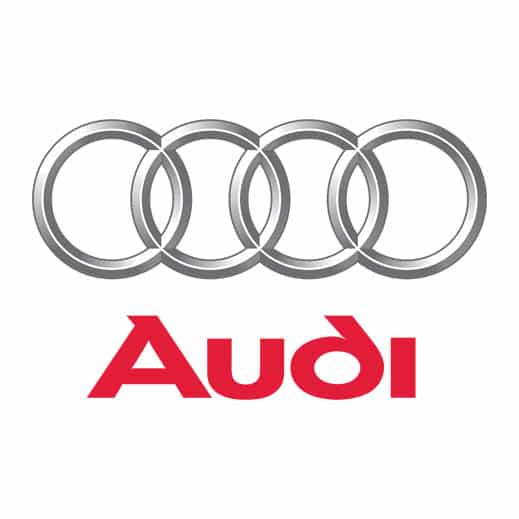 Audi A3 Xpel PPF Kits £50.00 – £135.00
Audi A3 Xpel PPF Kits £50.00 – £135.00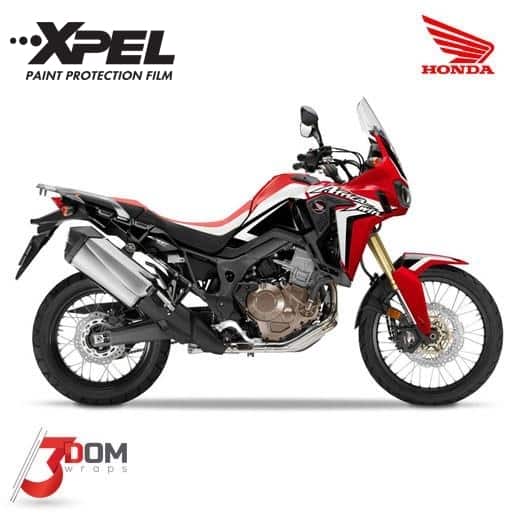 Honda CRF 1000L Africa Twin Xpel Paint Protection £50.00 – £105.00
Honda CRF 1000L Africa Twin Xpel Paint Protection £50.00 – £105.00 Honda CBR 1000 RR Fireblade 2015 Xpel PPF Film £50.00 – £105.00
Honda CBR 1000 RR Fireblade 2015 Xpel PPF Film £50.00 – £105.00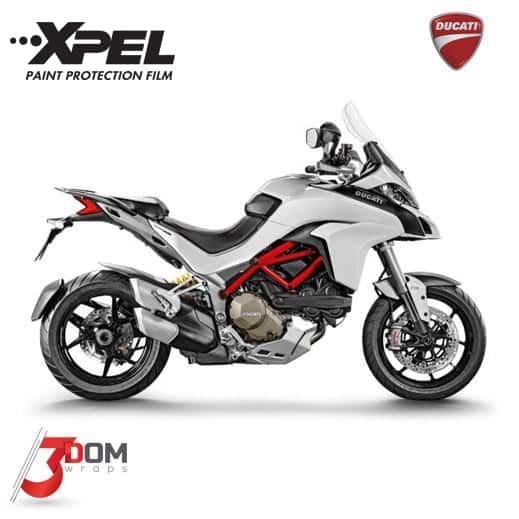 Ducati Multistrada 1200 2015 Xpel Paint Protection Film Kit £50.00 – £105.00
Ducati Multistrada 1200 2015 Xpel Paint Protection Film Kit £50.00 – £105.00
Development Office, Unit 211 East London Works, London, E1 1DU
© 2017 3Dom Wraps | Terms & Conditions | Privacy
Created with love @ 